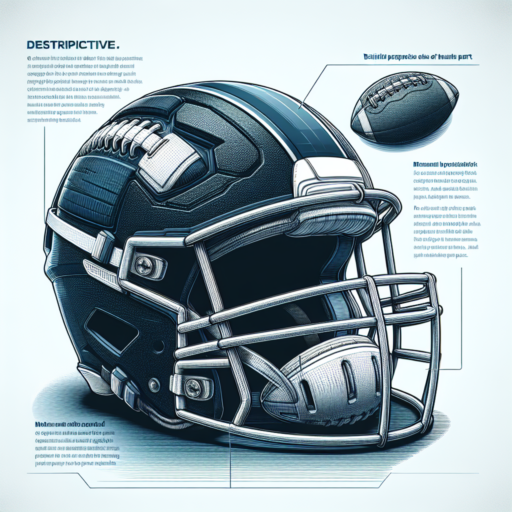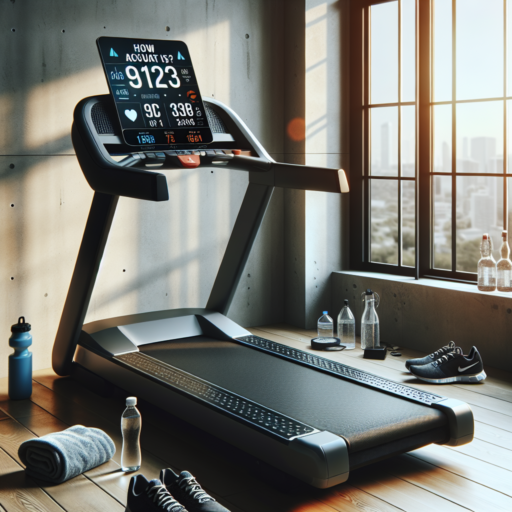What are the pads on football helmets?
The pads on football helmets serve as crucial components designed to absorb shock and minimize the risk of head injuries for players. Found within the inner lining of the helmet, these pads are not just any ordinary foam inserts. Instead, they are made from a complex combination of materials engineered to offer maximum protection. The importance of these pads cannot be overstated, as they play a significant role in the safety and performance of athletes on the field.
Constructed from a blend of polystyrene or polypropylene foam, gel inserts, and sometimes even air systems, the pads are designed to work together to dissipate the force of impacts. This design is essential in a sport where sudden and forceful hits to the head are common. The ability of these pads to absorb shock effectively helps in reducing the risk of concussions, which are a major concern in football. Moreover, advances in technology have allowed for the development of pads that are not only safer but also more comfortable, ensuring that players do not have to sacrifice comfort for safety.
Manufacturers of football helmets continuously refine the design and materials of these pads, aiming to meet the ever-evolving safety standards and requirements. In recent years, the introduction of sensor-equipped pads has even made it possible to monitor impacts in real-time, providing valuable data that can be used to further enhance player safety. This innovative approach highlights the commitment to leveraging technology for better protective gear.
How effective are Guardian Caps?
The discussion surrounding the effectiveness of Guardian Caps in sports, particularly football, is gaining traction among coaches, players, and safety advocates. These protective gear pieces are designed to be placed on top of the standard football helmet, adding an extra layer of protection. Their primary aim is to reduce the impact force that a player might experience upon collision, potentially minimizing the risk of concussions and other head injuries.
Evidence from Recent Studies
Several studies have aimed to quantify how effective Guardian Caps really are in a real-world setting. Research indicates that these caps can reduce the force of impact by up to 33%. This reduction in force is significant, considering the high-impact nature of sports like football. However, it’s crucial to note that while the reduction in immediate impact force is promising, ongoing research is needed to fully understand the long-term benefits and implications of wearing Guardian Caps.
Player and Coach Feedback
Feedback from those on the front lines offers valuable insights into the practical benefits of Guardian Caps. Players who wear the caps report feeling a noticeable difference during impacts, describing the hits as less jarring. Coaches across various levels of play have observed a reduction in day-to-day head injuries during practice sessions. This anecdotal evidence supports the notion that Guardian Caps are an effective tool in enhancing player safety.
As the conversation about player safety continues to evolve, Guardian Caps stand out as a notable measure aimed at reducing head injuries in contact sports. The combination of empirical evidence and firsthand feedback paints a positive outlook on their effectiveness, highlighting their role in promoting safer play conditions.
What is the face mask of a football helmet made of?
The face mask of a football helmet is an essential component designed to protect players from facial injuries while ensuring visibility and breathability during the game. Typically, these face masks are crafted from robust materials that can withstand significant impact without compromising the helmet’s overall integrity and the player’s safety.
Most commonly, face masks are made from carbon steel, which offers a significant level of strength and durability. Carbon steel face masks provide a solid barrier against impacts, making them a popular choice among football players at various levels of the sport. However, advancements in material science have led to the emergence of lighter and equally strong alternatives such as stainless steel, titanium, and polycarbonate. Titanium face masks, for instance, are incredibly lightweight yet offer outstanding protection, making them preferred by professional athletes seeking optimal performance without being weighed down.
In recent years, there’s also been a growing interest in the use of polycarbonate material for face masks. Polycarbonate is a type of thermoplastic that’s known for its impressive impact resistance, making it suitable for protecting against the high-velocity collisions frequently encountered in football. Its versatility allows for easier molding into various shapes, catering to the specific needs and preferences of players. Additionally, polycarbonate face masks are lighter than their metal counterparts, which helps in reducing the overall weight of the helmet, thus enhancing the player’s comfort and maneuverability on the field.
Why do some football helmets have padding on the outside?
The unique appearance of football helmets with exterior padding sparks curiosity among fans and players alike. This design variation isn’t merely aesthetic; it serves pivotal safety and performance functions. Understanding the rationale behind external padding on some football helmets requires a look into the innovations aimed at reducing head injuries and enhancing the game’s safety measures.
Enhanced Impact Absorption
The primary reason for integrating padding on the outside of football helmets is to improve impact absorption. Traditional helmets focus on internal cushioning to protect the player’s head. However, adding external padding significantly enhances the helmet’s ability to absorb shock. This means that when a player with an externally padded helmet collides with another player or the ground, the external padding compresses, dissipating the force of the impact more effectively than internal padding alone. This innovative approach aims to reduce the risk of concussions and other brain injuries, which are of paramount concern in contact sports.
Reduction in Player-to-Player Contact Force
Another compelling advantage of external padding on football helmets is the reduction in the force experienced during player-to-player contact. When two players collide, the external padding acts as a buffer, lessening the impact felt by both parties involved. This not only aids in protecting the wearer but also mitigates the risk of injury to other players. The soft, absorbent nature of the external padding plays a critical role in this protective feature, showcasing the broader benefits of this helmet design beyond individual player safety.
While some may argue that the addition of external padding might affect the helmet’s weight or aerodynamics, manufacturers carefully balance these factors to maintain performance. The focus on safety, coupled with ongoing technological advancements, ensures that football helmets with exterior padding meet the rigorous demands of the sport while prioritizing player well-being.








